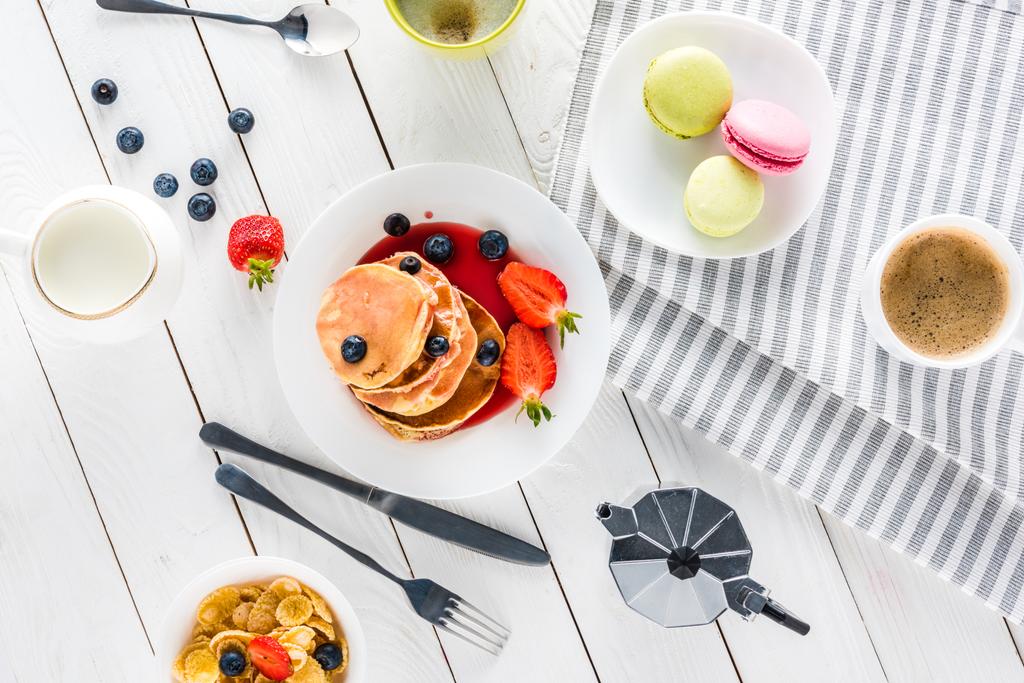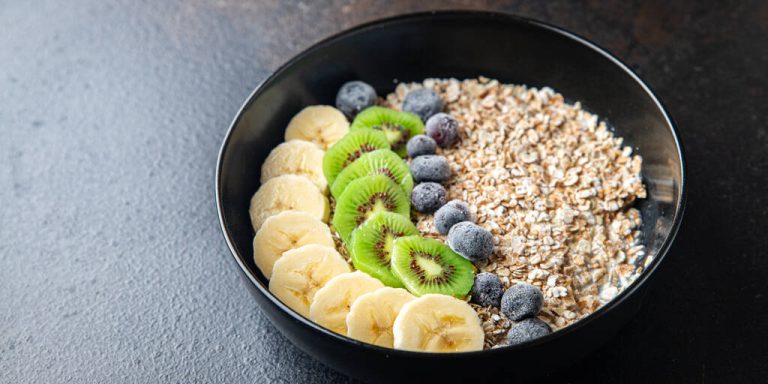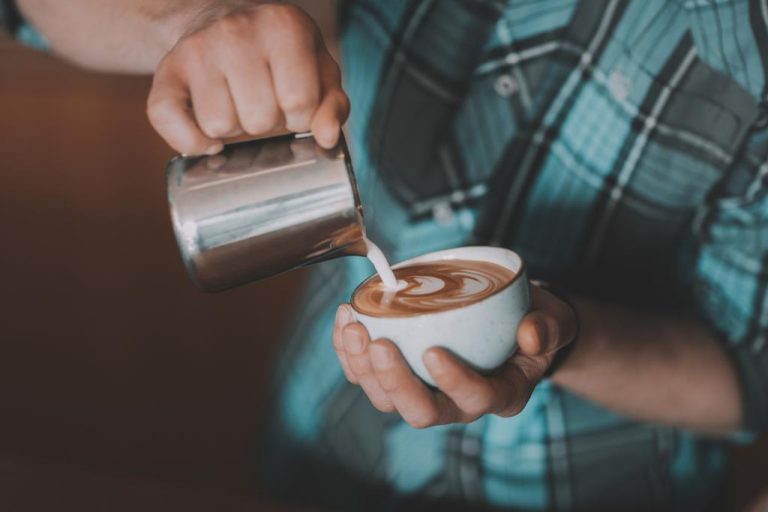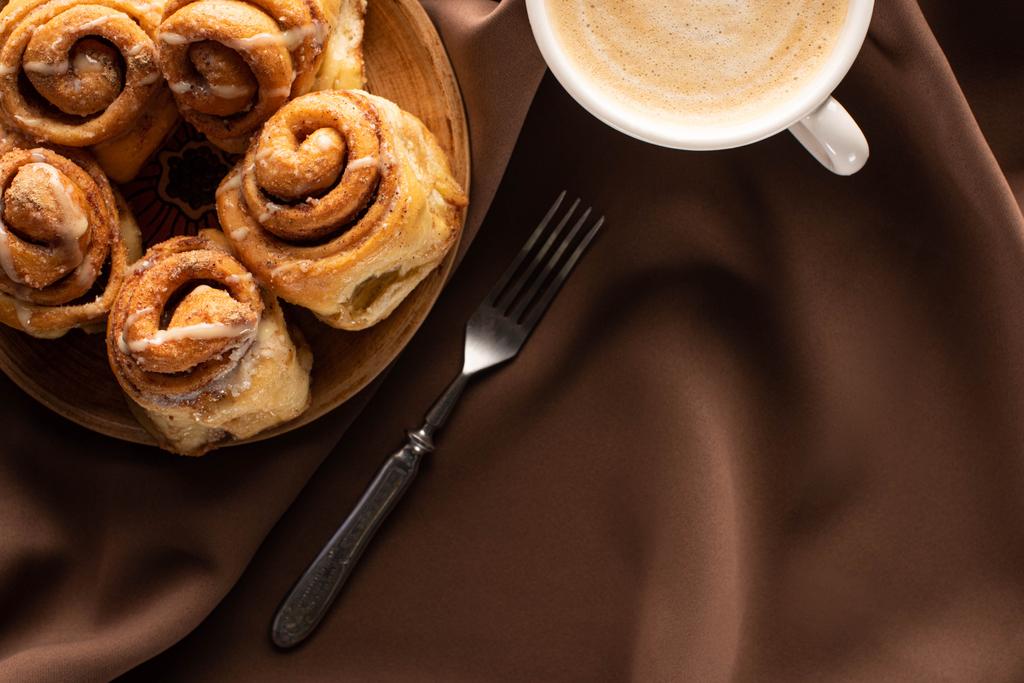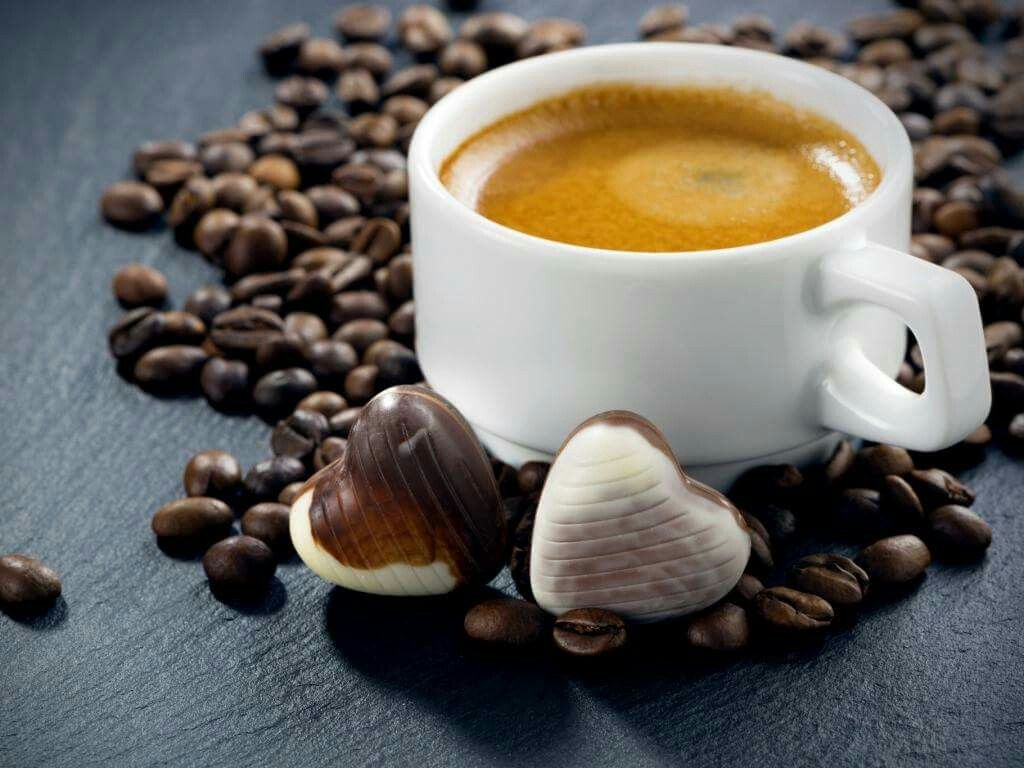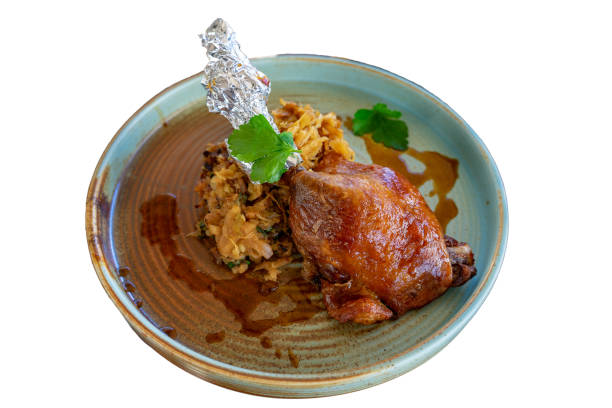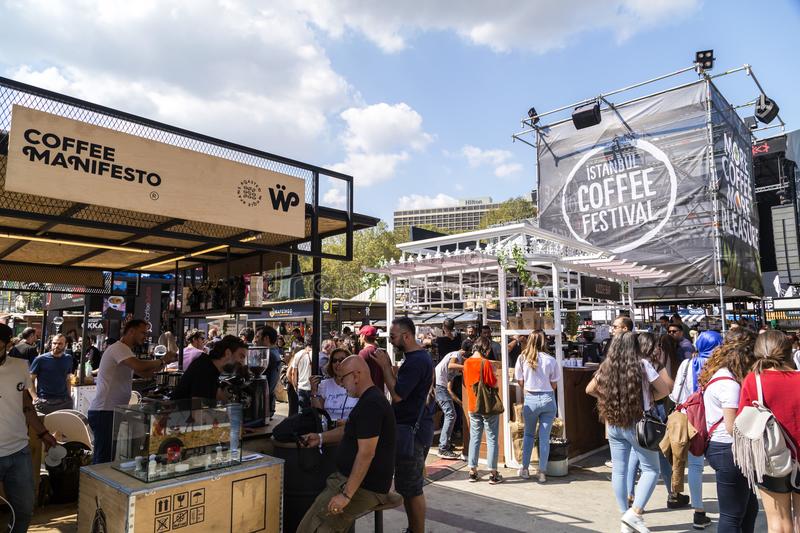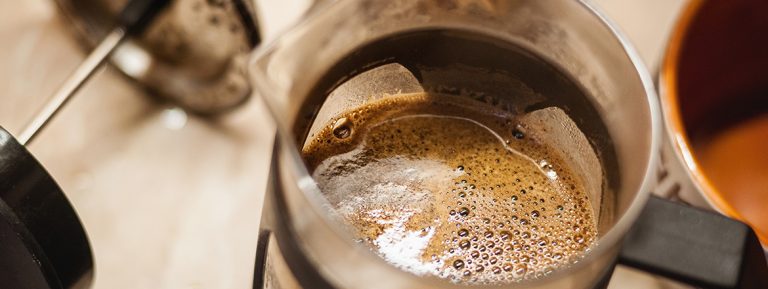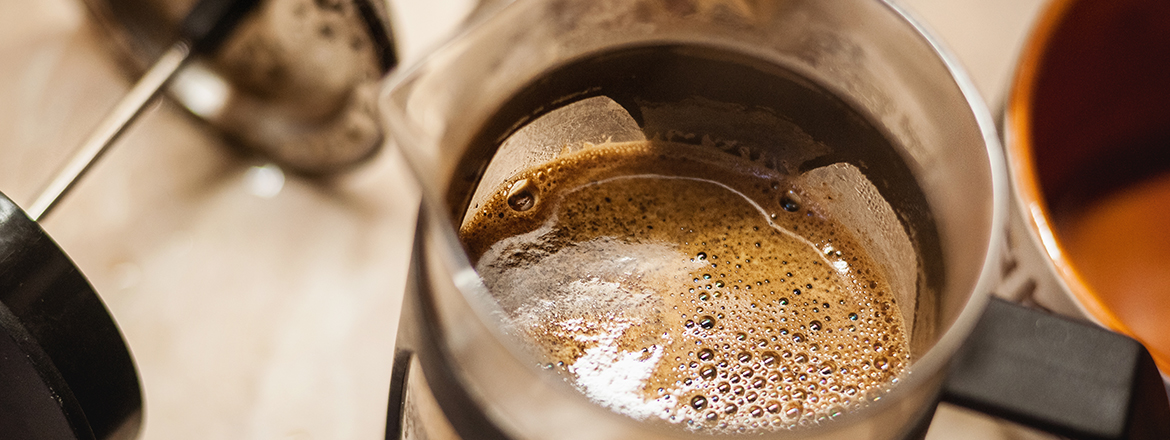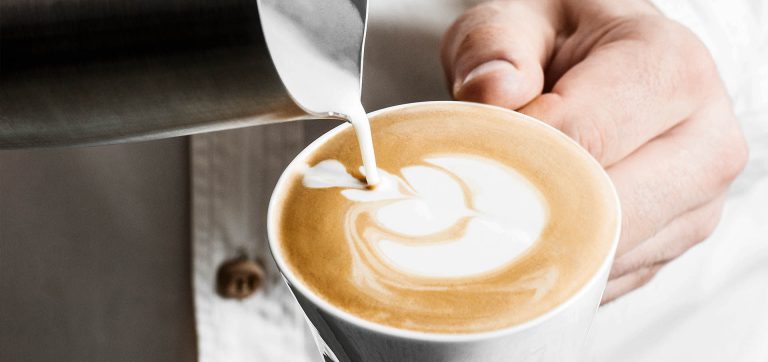Many love it: the milk froth on your coffee from the coffee machine. The consistency of the milk froth has a major impact on the taste. But how do you make the perfect milk froth? With or without a coffee machine? And which milk is best for milk froth? What should you watch out for when frothing milk?
As a rule, the milk froth should be creamy. Milk foam that is much too firm actually has no place on the coffee from the coffee machine and is therefore also affectionately called construction foam. Nevertheless, there are certainly coffee drinkers who prefer this type of foam. Here you can find out how you can froth milk and thus create the perfect milk froth – with or without a coffee machine.
How is milk froth formed in the first place?

When frothing, air is lifted under the milk. The protein and fat molecules are mixed up and then enclose small air bubbles. Depending on the type of froth and duration, the milk froth will be creamier or firmer. The milk you use for the milk froth also plays a role. For a creamy and airy milk froth, both the fat and protein content are crucial. The milk should come cold out of the fridge before frothing. During heating, the milk should not reach more than 60 degrees, otherwise the proteins will curdle. As a result, the foam collapses very quickly. Your coffee machine knows this special feature, which is why it always prepares perfect milk froth that stays creamy for a long time.
What tools can you use to make milk froth? – From coffee machines to whisks

The selection of aids for frothing milk is large and very different. Some tools are easy to use, others require skill, practice and a little effort before you can create good milk froth.
Make milk foam with a whisk: If you don’t have a milk frother at home, you can simply use a whisk. To do this, first heat the milk. Attention: not warmer than 60 degrees. Then pour the milk into a large container and whip it with a whisk – similar to cream. If you do everything right, after a few minutes you will have great milk froth for cappuccino, latte macchiato and co.
Make milk froth with hand milk frother: The hand milk frother works similar to the whisk method. The cold milk is poured into the milk frother and heated on the stove. The milk is then foamed with the help of the existing sieve and by moving it up and down. The advantage of this milk frother is that you only need this one vessel.
Making milk froth with a battery-powered milk frother: If you use a hand-held milk frother to make milk froth, you start by heating the milk. Then you fill it in a glass or other tall container. Now dip the milk frother into the milk and froth it with up and down movements. With a little practice, you can easily create fluffy milk froth. The advantage of the battery-powered milk frother is that you can easily adjust the amount of milk to be whipped as needed.
Making milk froth with an electric milk frother: If you want to make milk froth with an electric frother, you don’t actually have to do much. Simply pour milk into the milk frother up to the mark and you’re ready to go. This is just as convenient as making milk froth with a coffee machine. The great thing: In addition to warm milk froth, some devices can also produce cold milk froth or simply heat the milk, e.g. for cocoa or a delicious children’s cocoa cappuccino.
Make milk froth with a coffee machine: If you want to treat yourself to a little luxury, you can afford a fully automatic machine. Most of these coffee machines can produce milk froth fully automatically. However, you actually choose a coffee drink, which the fully automatic machine prepares at the push of a button. So the fully automatic machines can make a great latte macchiato with three layers without you having to worry about anything.
Making milk froth with a steam nozzle: If you have a portafilter, you usually also have a steam nozzle or steam lance. When frothing milk, practice and perseverance are the main requirements. Although there are countless instructions and videos on the net, in the end you simply have to try and test it. Once you get the hang of the steam nozzle, you can always look forward to great, creamy milk froth.
Which types of milk are best suited for milk froth with the coffee machine?
Making milk froth with whole milk: Whole milk does not froth better than other types, but thanks to the high fat content it enhances the taste of the coffee or espresso.
Making milk froth with low-fat milk:: Low-fat milk can also be frothed well. However, since it contains less fat, it does not carry the coffee taste quite as well.
Make milk froth with fat-free milk:: It can also be frothed up, but here it is an absolute matter of taste whether you like the coffee afterwards.
Make milk foam with soy milk: Contrary to what is often claimed, soy milk is also suitable for foaming. However, it may well be that one variety foams better than another variety. Therefore simply test soy milk from different manufacturers.
Make milk froth with lactose-free milk: Anyone who suffers from lactose intolerance can also use lactose-free milk to conjure up super milk froth for cappuccino and the like.
Making milk foam with coconut and almond milk: Coconut milk and almond milk cannot be foamed. This is because the protein or protein content is too low. Although there are now frothable versions of these types of milk, fats and proteins have been added to them later. Everyone has to decide for themselves whether they want to drink these varieties.
Making milk froth with oat milk: Another way to make vegan milk froth is with oat milk. Because it is precisely here that many manufacturers have developed a barista version that makes it easy to create milk froth with and without a coffee machine.
However, if you have the feeling that your milk does not froth well, it is advisable to simply try a different brand. It may well be that the fat content of both milk products is the same, but the protein content is different. So you don’t have to bury your head in the sand immediately if you didn’t get the desired milk froth on the first try.
Latte art and how to decorate coffee from the coffee machine with milk froth
It’s all the rage, trendy cafés can’t do without it, and there are countless videos on the subject on YouTube: we’re talking about latte art – that’s the name of the design of coffee from the coffee machine with creamy milk froth.
It is an important discipline, especially for baristas, because it allows you to make a name for yourself and set yourself apart from the competition. Every year, baristas compete to see who can make the best latte art. Now some question marks will appear? Designing milk froth – please what? This type of design is part and parcel of trendy drinks such as the Flat White. Patterns also look great on a cappuccino.
What are the Latte Art Techniques?
The original variant of latte art is the artful pouring of milk froth into a cup of espresso. The milk froth should still be liquid and easy to pour. With the right technique you can create leaves, trees and hearts.
As with frothing milk itself, it also takes a little time to get the hang of the pouring technique. Once you have developed a knack for it, you can experiment and create imaginative patterns.
Another variant of latte art is the decoration with chocolate sauce. It starts frothing the milk. The milk froth is poured back into an espresso, but without a special pouring technique. Now chocolate sauce, toothpicks, stencils and other little helpers are used. You can also use caramel sauce if you like. Simply pour the sauce onto the milk froth and use the tools to decorate as desired. The imagination knows no limits. Just look on the internet for inspiration.
Can I make latte art myself?

Now, of course, the question arises whether you can do it too? Yes, with the right tools, anyone can become a latte artist at home. You need a milk jug, a coffee cup, espresso and of course milk froth. If you don’t want to pour, just decorate, you still need chocolate or caramel sauce and toothpicks.
If you have a portafilter with a steam wand, you will need some skill and practice to froth milk, but then you can create wonderfully creamy milk froth.
If you own a fully automatic machine, you can use the coffee machine to make the milk froth right away and then start your latte art project straight away.
With other types of froth, you need to test something that is the perfect consistency for latte art. And always remember: for latte art we need creamy and liquid milk foam, not foam!
And then it can start. Look around the internet, there are numerous videos and descriptions that are great for beginners. Try it out!

